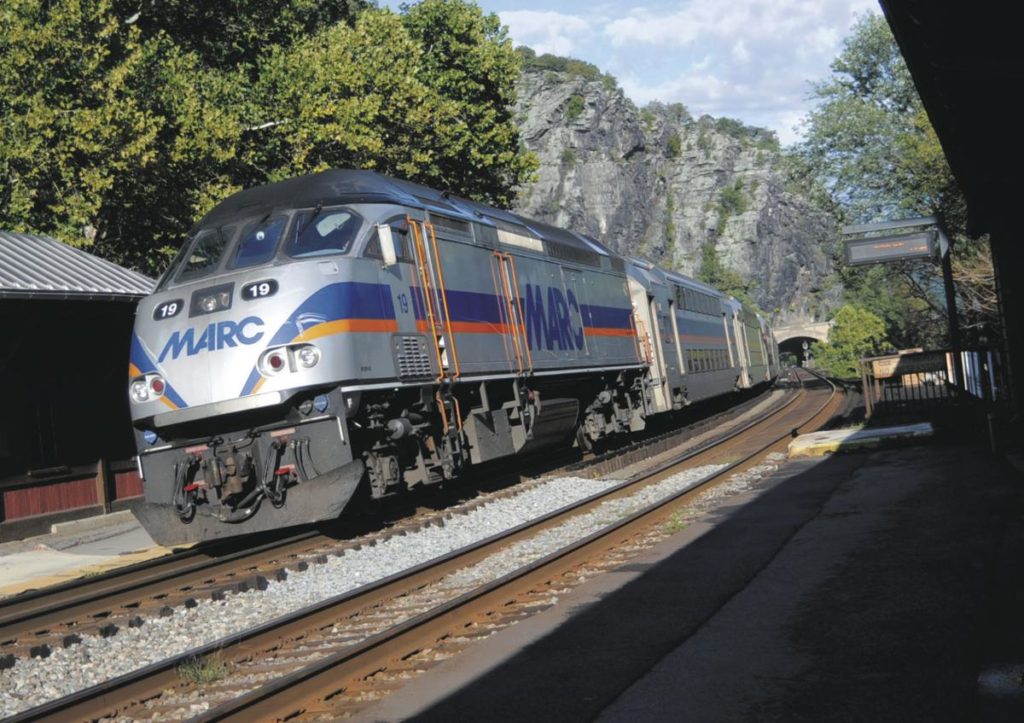
As of mid-2025, Northern Virginia commuters are increasingly choosing West Virginia homes—especially in the Eastern Panhandle—as they search for affordability, easier commutes, and a better quality of life. With housing prices continuing to climb in Loudoun, Fairfax, and Arlington, more buyers are crossing the state line to find room to grow and communities to thrive in.
At The Kable Team, we’ve helped countless families relocate from Northern Virginia to the Eastern Panhandle. Here’s why 2025 might be the perfect time for you to consider the same move.
Affordable Real Estate with Room to Grow
The cost of living in West Virginia is significantly lower than Northern Virginia, and the housing market reflects that. As of summer 2025:
- The median home price in Martinsburg is around $265,000
- Charles Town homes average about $275,000
- Homes in Inwood, Ranson, and Harpers Ferry remain well below $350,000
In comparison, many Northern Virginia markets exceed $750,000. That price gap gives buyers the chance to upgrade to larger homes or reduce monthly payments—while still building long-term equity.
Browse homes in:
Why the Eastern Panhandle Appeals to Northern Virginia Commuters

Commuting from West Virginia to Northern Virginia has become easier than ever. Many Northern Virginia commuters choose homes in Charles Town, Harpers Ferry, and Martinsburg that offer more space, less stress, and real long-term value and are close to the MARC Train, which offers weekday commuter service to Montgomery County and Washington, D.C.
You’ll find MARC Train access in:
- Martinsburg
- Harpers Ferry
- The Duffields Station, which serves nearby areas like Shenandoah Junction, Kearneysville, and Charles Town
Driving? Routes 9, 340, and I‑81 give residents multiple ways to get into Northern Virginia while avoiding metro congestion.
Learn more in our Eastern Panhandle commute guide.
Community-Focused Living in the Eastern Panhandle
For Northern Virginia commuters seeking more than just lower home prices, West Virginia delivers on lifestyle. This region offers:
- Walkable historic downtowns in Charles Town and Shepherdstown
- Local farmers’ markets and seasonal festivals
- Hiking, biking, and kayaking throughout the Appalachian foothills
- A strong sense of community and neighborly connection
If you’re craving more space, natural beauty, and a break from big-city pressures, you’ll find it here.
A First-Time Buyer’s Advantage
Looking to buy your first home? The Eastern Panhandle remains one of the best options for Northern Virginia commuters seeking West Virginia homes. With FHA and USDA loan programs widely available, plus lower down payments and property taxes, you can own a home sooner than you may think.
Explore our first-time homebuyer guide for financing tips and expert support.

Why Choose The Kable Team?
We’ve helped hundreds of buyers transition from Virginia to West Virginia with confidence. Whether you’re moving for your commute, your family, or your finances, we’ll guide you every step of the way with local expertise and a proven process.
Explore more tips on our real estate blog or contact us to schedule a consultation.
Frequently Asked Questions
How long is the commute from Martinsburg to Northern Virginia?
It typically takes under an hour to reach Loudoun County by car. The MARC Train also provides commuter service to Montgomery County and Washington, D.C.
Is it cheaper to live in West Virginia than in Northern Virginia?
Yes. Home prices and property taxes are significantly lower, making it easier to afford a larger home or reduce your cost of living.
Are there homes near the MARC Train for commuters?
Yes. We regularly work with buyers seeking homes near the stations in Martinsburg, Harpers Ferry, and Duffields.
Is West Virginia a good place to buy a first home?
Absolutely. Affordability, accessible financing options, and increasing home values make it a smart investment for first-time buyers.
